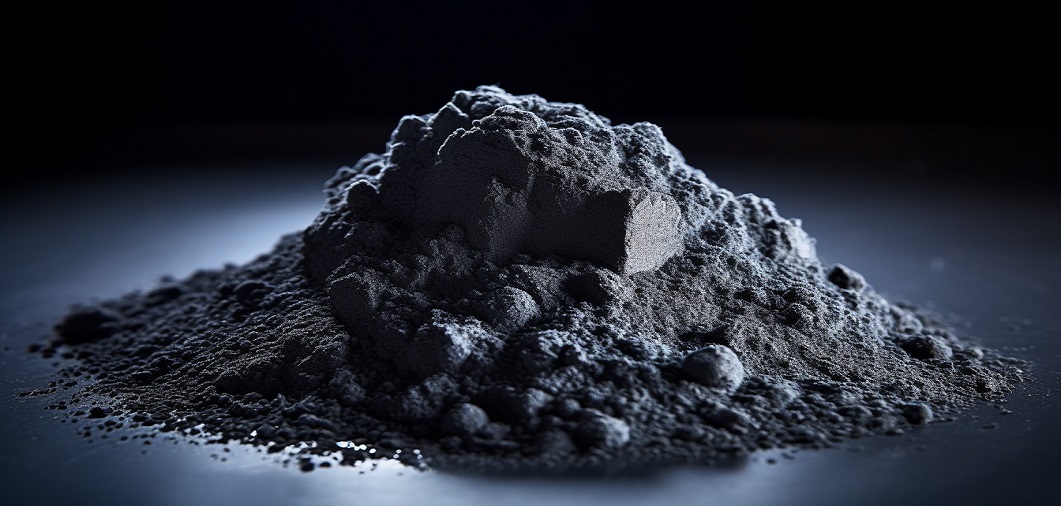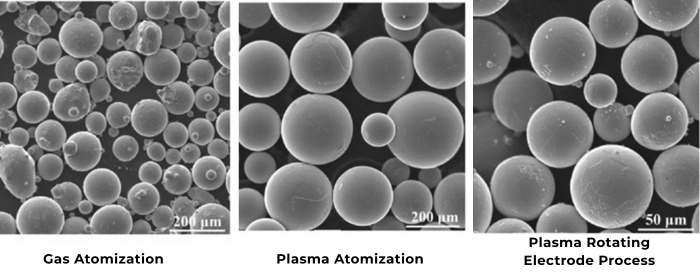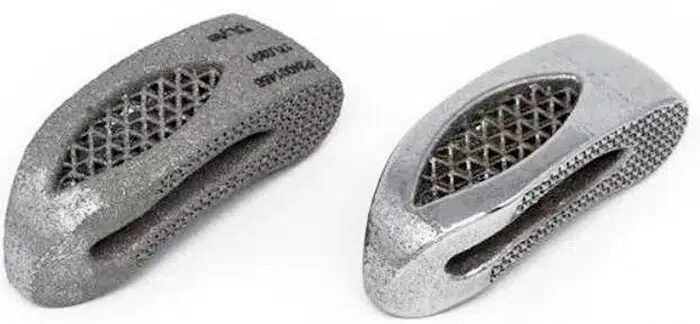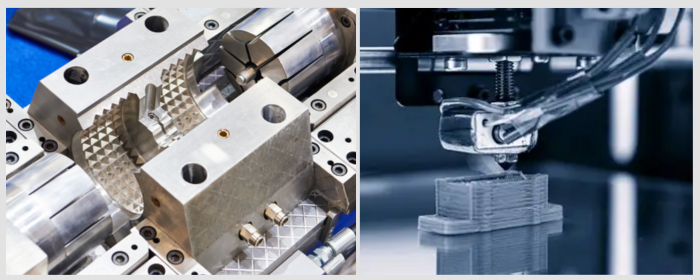

In modern industries, optimizing alloy properties is essential to meet the demands of extreme environments. By incorporating specific elements, alloy performance can be significantly enhanced. Among these, molybdenum powder stands out for its exceptional properties.
Molybdenum (Mo) powder is a metallic powder primarily composed of molybdenum, typically appearing in a gray or silver-white color. Mo features an extremely high melting point (2623°C), excellent thermal and electrical conductivity, and a low thermal expansion coefficient, which make it highly stable in high-temperature environments. Molybdenum powder is widely used in metal alloys, chemical catalysts, and electronic components.
The table below summarizes the key properties of Mo powder:
.png)
1. Reduction of Molybdenum Oxide
One of the common methods of producing molybdenum powder is the reduction of molybdenum oxide by hydrogen or carbon at high temperatures to form Mo metal.
2. Atomization
Atomization is a process that, by using high-pressure jets of gas or liquid, successfully breaks down molten molybdenum into small droplets that eventually solidify into fine powder particles.
3. Mechanical Crushing
In this process, the Mo ingots are crushed down to small particles to make the Mo powder into specific particle size distributions.
4. Electrolysis Method
Generates high-purity molybdenum powder through electrolysis, which is suitable for advanced applications.
Adding molybdenum in stainless steel can improve corrosion resistance, and nickel-based high-temperature alloys with 18% Mo have such properties as high melting point, low density, and small thermal expansion coefficient, which all demonstrate the importance of molybdenum powder.
1. Enhancing High-Temperature Strength and Heat Resistance
Molybdenum powder’s high melting point and thermal stability significantly improve the creep resistance and strength of alloys in high-temperature environments. For example, nickel-based superalloys with up to 20% molybdenum content exhibit enhanced performance above 1100°C.[i]
2. Improving Corrosion Resistance
Molybdenum is highly resistant to corrosion in acidic and oxidative atmospheres. The addition of molybdenum powder to stainless steel significantly improves resistance to pitting and crevice attack in chloride-containing atmospheres. For example, 316 stainless steel, containing about 2% molybdenum, shows better performance in marine atmospheres.
3. Enhancing Mechanical Properties
The addition of molybdenum powder in alloys can enhance hardness, strength, and toughness. Material strengthening by molybdenum occurs through solid solution strengthening and refinement mechanisms. For example, the addition of molybdenum in tool steel increases the hardness and wear resistance.
4. Improving Thermal and Electrical Conductivity
The high thermal conductivity and good electrical conductivity of molybdenum contribute to good heat management of alloys. Molybdenum powder added in copper-based alloys is used in electronic parts to increase heat dissipation efficiency.
5. Increasing High-Temperature Oxidation Resistance
The addition of molybdenum can improve an alloy's resistance to oxidation at elevated temperatures, thus prolonging its service life. For example, molybdenum alloys exhibit stable oxide layers when heated at high temperatures, limiting further oxidation of the material.
6. Improving Microstructural Stability
The addition of molybdenum powder refines alloy grain structure, and reduces impurity segregation at grain boundaries, thereby improving toughness and fatigue life in the material.
.png)
1. Stainless Steel
Molybdenum powder is used in corrosion-resistant stainless steels like 316 stainless steel, which performs exceptionally in marine and chemical environments. Stainless steel with 2% molybdenum exhibits 50% greater resistance to saltwater corrosion.
2. High-Temperature Alloys
Molybdenum is a key additive in aerospace alloys used in turbine blades and combustion chambers. Alloys with 10% molybdenum content significantly enhance the lifespan of turbine engines.
3. Tool Steel
Adding molybdenum improves the hardness and wear resistance of tool steels, making them suitable for molds and cutting tools. Tool steel with 1.5% molybdenum powder demonstrates a 30% increase in wear resistance.
4. Electronic Materials
Molybdenum-based alloys, due to their excellent thermal conductivity, are widely used in electronic packaging and heat sinks. For instance, molybdenum-copper composites achieve thermal conductivities of up to 200 W/(m·K).
.png)
Molybdenum powder plays a critical role in alloy modification due to its exceptional properties and versatile applications. From improving high-temperature strength and corrosion resistance to enhancing thermal and electrical conductivity, molybdenum powder significantly enhances alloy performance.
Stanford Advanced Materials is a trusted supplier of metal and alloy powders. We offer high-purity molybdenum powders of different shapes and sizes for customers to choose from. Our products adhere to strict quality standards throughout the manufacturing process.
|
Type |
Purity |
Particle size |
|
≥99.95% |
2 - 3μm, or 50nm |
|
|
99.9% |
60nm |
|
|
99.9% |
1000μm |
[i] Effect of Mo Content on the Microstructure and Stress Rupture of a Ni Base Single[J]. Acta Metall Sin, 2006, 42(11): 1191-1196 .







